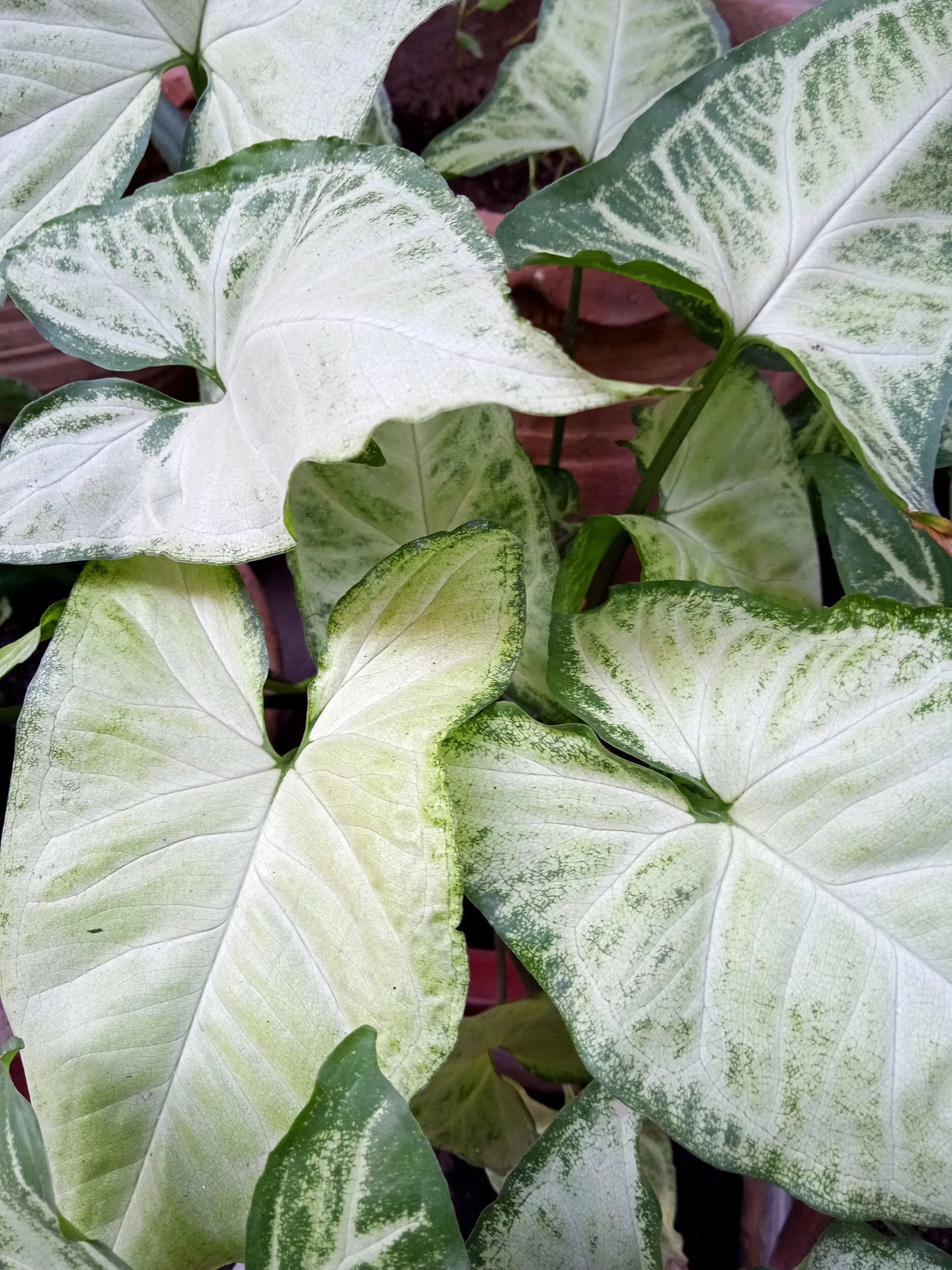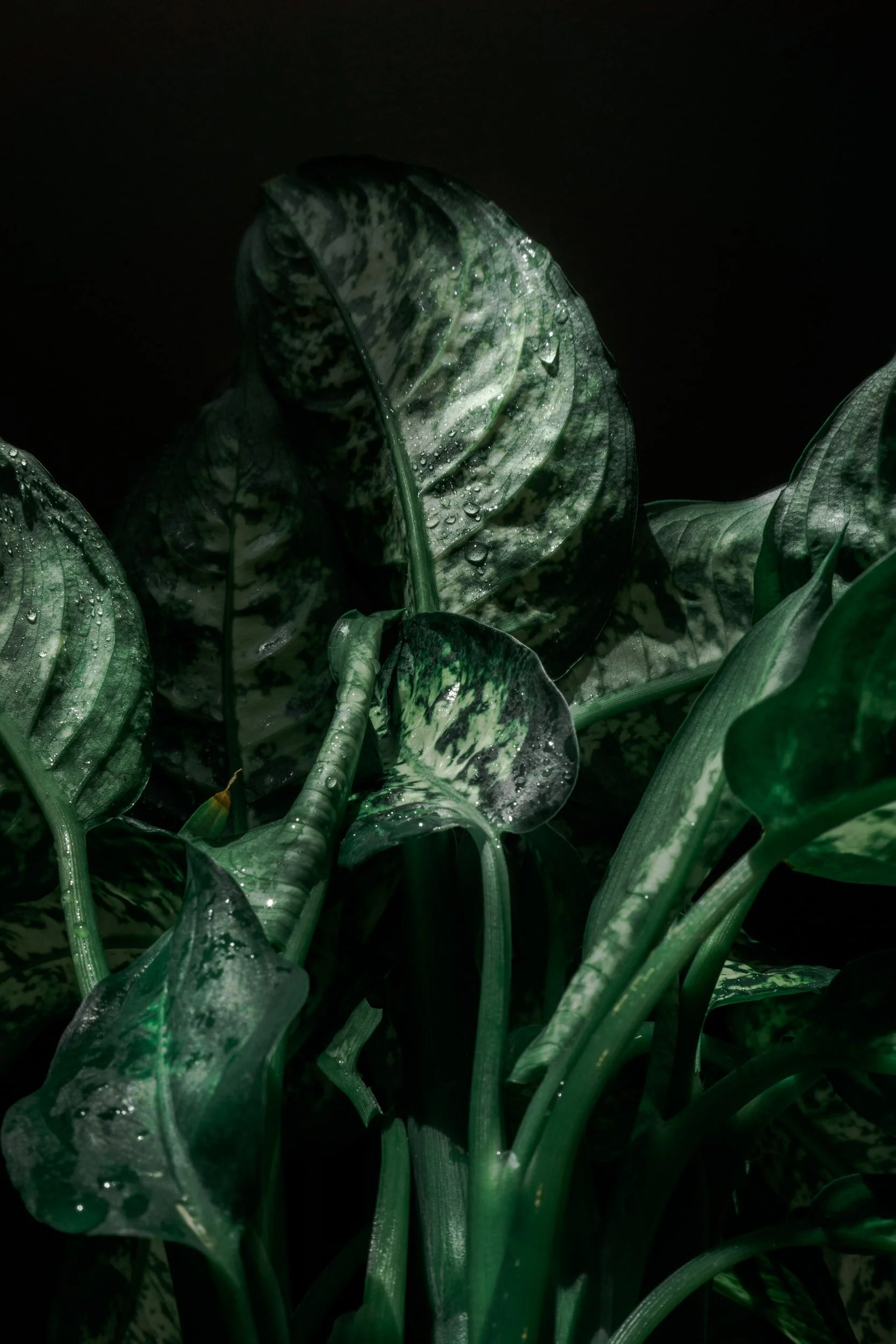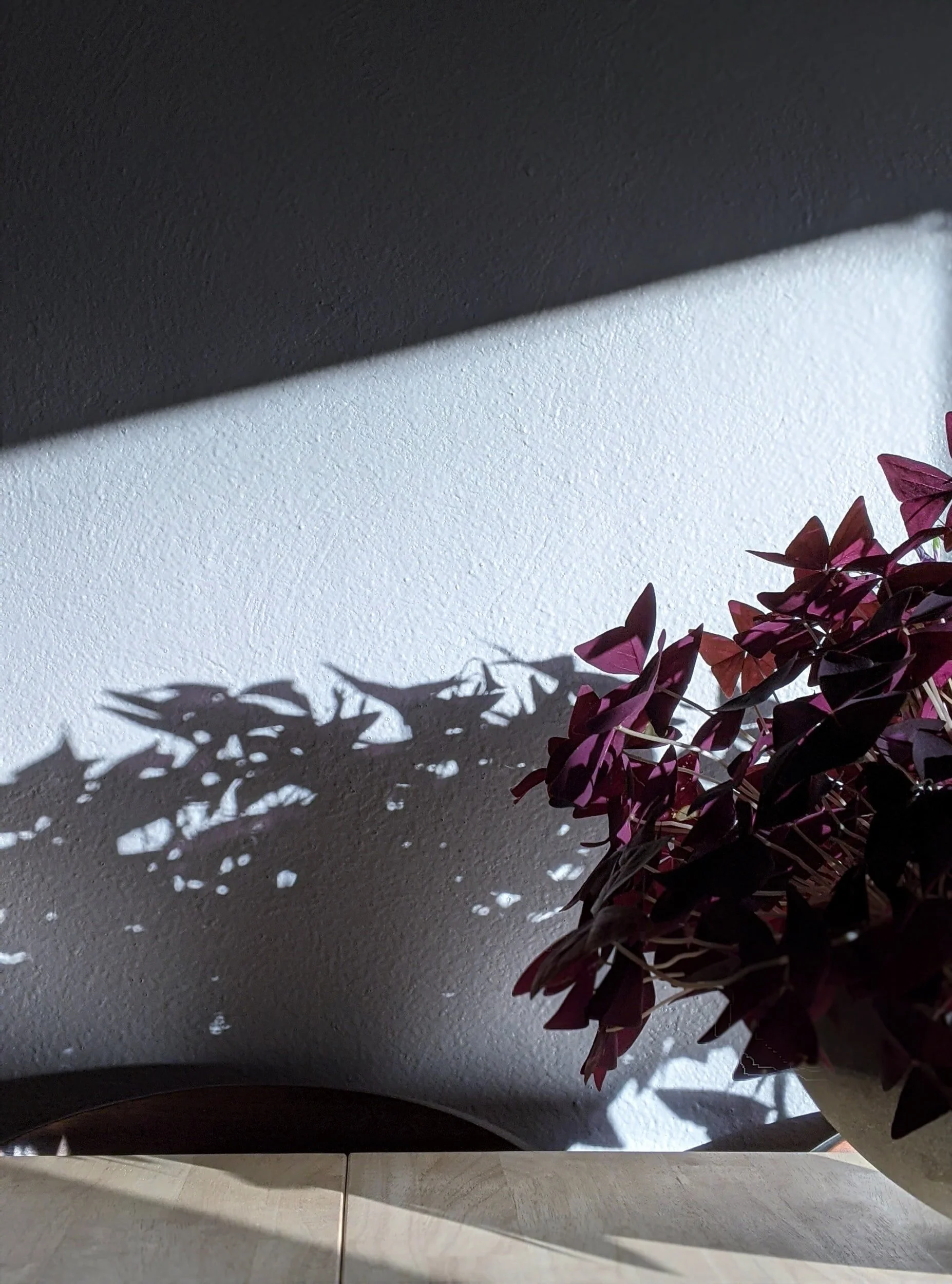
PLANT CARE
General Succulent Care
Light- Full indoor sun. Preferrably a south facing window. Newly planted succulents can scorch in direct sunlight and will need to be gradually acclimated to full sun.
Water- Allow soil to dry completely between waterings. Overwatering is the # 1 killer of succulents. Be sure to empty the water that gathers in the saucer to avoid ‘wet feet’.
Humidity- Succulents thrive in dry environments, so they can tolerate typical household humidities.
Fertilize with succulent fertilizer in summer months.
Toxic? Each type is different. Research specific plant name. There are lots of succulents that are safe for kids and pets!
General Cactus Care
Light- Indoor cacti need a lot of light. Some cacti species can tolerate direct sunlight, while others like bright, indirect light. A south-facing window is preferable.
Water with the “Soak and Dry” method. Allow soil to dry out completely and then soak the soil thoroughly. Cut back watering in the winter.
Humidity- Cacti prefer dry a environment.
Fertilize 2-3 per year Spring-Fall with cactus fertilizer.
Toxic? Each type is different. Research specific cactus name.
Tillandsia~ Air Plants
Light- Bright, indirect light.
Water- Soak your air plant in room temperature filtered or rainwater every 10-14 days for 1-3 hours. The drier the environment, the longer and more often you will want to soak. After soaking, gently shake off the excess water and dry the air plant upside down on a towel, in a bright, well-ventilated area. This will prevent root-rot, the #1 killer of air plants. Air plant should be dry within 3 hours.
Humidity- Air plants can tolerate typical household humidity, but prefer more humid environments.
Fertilizer- Spray a few times a year with air plant or bromeliad fertilizer.
Toxic? Nope! Air plants are a great addition to homes with pets and little ones.



































